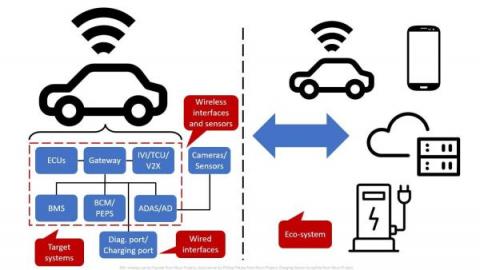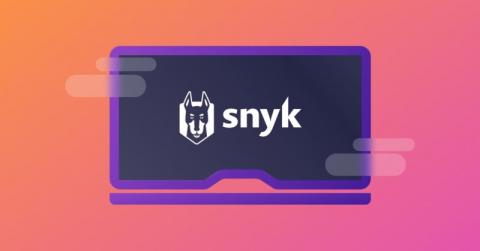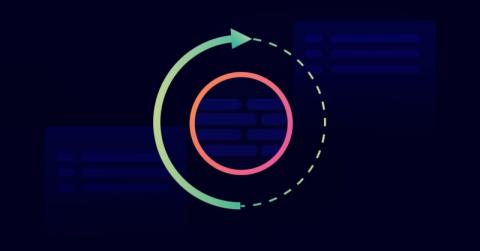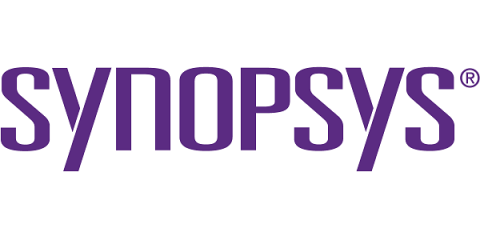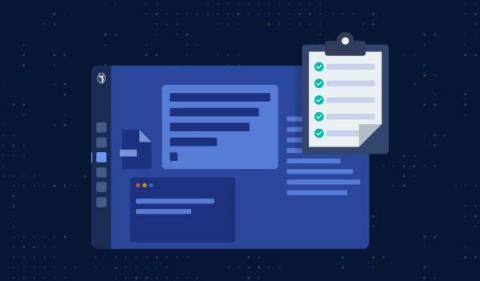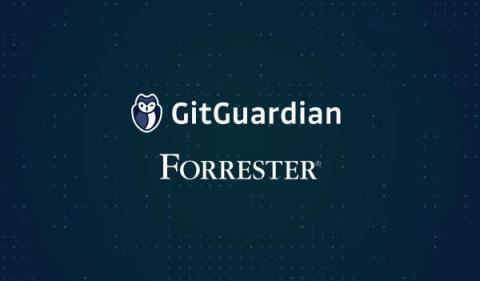Security | Threat Detection | Cyberattacks | DevSecOps | Compliance
Development
Snyk in 30: Developer-first security democast
In our latest Snyk in 30 democast, I demonstrated working on an app, starting in an IDE and going all the way to the live app deployed in the cloud. Along the way, I showed how Snyk fits into the tools a real developer might use. Specifically, I focused on the practical aspects of implementing Snyk in a real-world development and cloud environment, answering questions like: I’ll cover some of the main highlights from the presentation in this blog post.
Using ggshield Throughout The Software Development Lifecycle - A Developer's View of GitGuardian
Three expert tips for cultivating secure software development practices
We often hear about the importance of DevSecOps — integrating security into DevOps processes. But as many security professionals know, it’s not nearly as easy as it sounds. Cultivating secure software development practices requires working alongside developers with varying opinions, priorities, and idiosyncrasies. And any process involving humans is complicated. So, how do today’s security teams overcome these challenges and make secure software development practices a reality?
Scam Scanner: AppWork is a legit platform
Open source software: A pillar of modern software development
Top 10 Practices for Secure Software Development
Developer security practices are about adding security at each software development stage. Here’s a list of top developer security practices to follow.
Forrester Research: Show, Don't Tell, Your Developers How To Write Secure Code
If you’re a CISO, VP of Security, or a Staff Security Engineer and still wondering whether your developers own the keys to application security, this Forrester report is for you. Get your complimentary copy now, courtesy of GitGuardian.
Developer-first Security sucks! Why is it essential to automate product security?
Security teams focus on planning secure IT environments, but developers are asked to focus on productivity while they are also tasked with implementing these security plans. The main issue is that developers are often left out of security planning processes, creating a strained relationship between these two teams.


